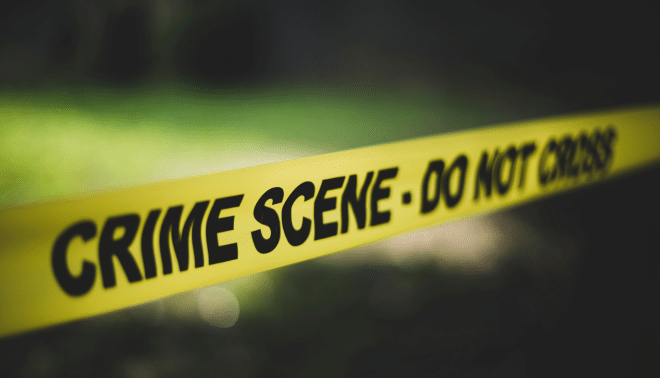Sign up for the Family Tree Newsletter! Plus, you’ll receive our 10 Essential Genealogy Research Forms PDF as a special thank you.
Get Your Free Genealogy Forms
"*" indicates required fields
A Those albums with black pages were common during the early 1900s, and people often wrote in them with opaque white ink. “Black scrapbook paper is not the best choice for photo storage,” says preservation expert and blogger at The Practical Archivist Sally Jacobs. The paper’s high acid content can make it brittle over time.
The glue your mom used may be acidic, too. “Even so, it would be unwise to try to deconstruct the scrapbook,” advises Jacobs. That’s because you can lose important caption information, and separating glued-together paper is a risky move best done by a professional archivist.
Jacobs recommends inserting acid-free, buffered tissue between the scrapbook pages. (“Regular-thickness paper would make the book too thick by the time you finish,” she says.) Buffered paper contains alkaline ingredients, which will help neutralize the acids in the black paper and slow their migration to the album’s contents.
Then, to protect the book against light and dust, store it flat in an archival drop-front box in a size as close as possible to the dimensions of the scrapbook.
You can purchase archival tissue and boxes from suppliers such as Archival Methods, Gaylord Brothers, and Light Impressions.
“Bring out the scrapbook and show it off to anyone who wants to see it, but tuck it away somewhere safe the rest of the time,” Jacobs says. That means in a house that’s cooled in the summer and heated in the winter, ideally in an interior closet to reduce temperature fluctuations. Avoid attics and basements.
You’re on the right track in wanting to visually preserve the pages. The problem with using a built-in flash is that you can get a glare from shiny surfaces, such as a glossy photo or anything metallic, in the book.
“If the scrapbook doesn’t have anything reflective on the pages, you might get away with the digital/flash camera,” says Family Tree Magazine‘s photographer Al Parrish. “But it would probably be safer to use some sort of available light, such as outside on a cloudy day, with the camera white balance set to Auto.” Parrish also highly recommends a tripod.
You could try doing this yourself, and if you’re unsatisfied with the results and you can afford it, hire a professional photographer to shoot the book.
Keep an eye out for the September Family Tree Magazine, on sale July 17—it’ll have an article full of simple ways to preserve and enjoy heirlooms.
Got advice or stories of your own? Post them here.




